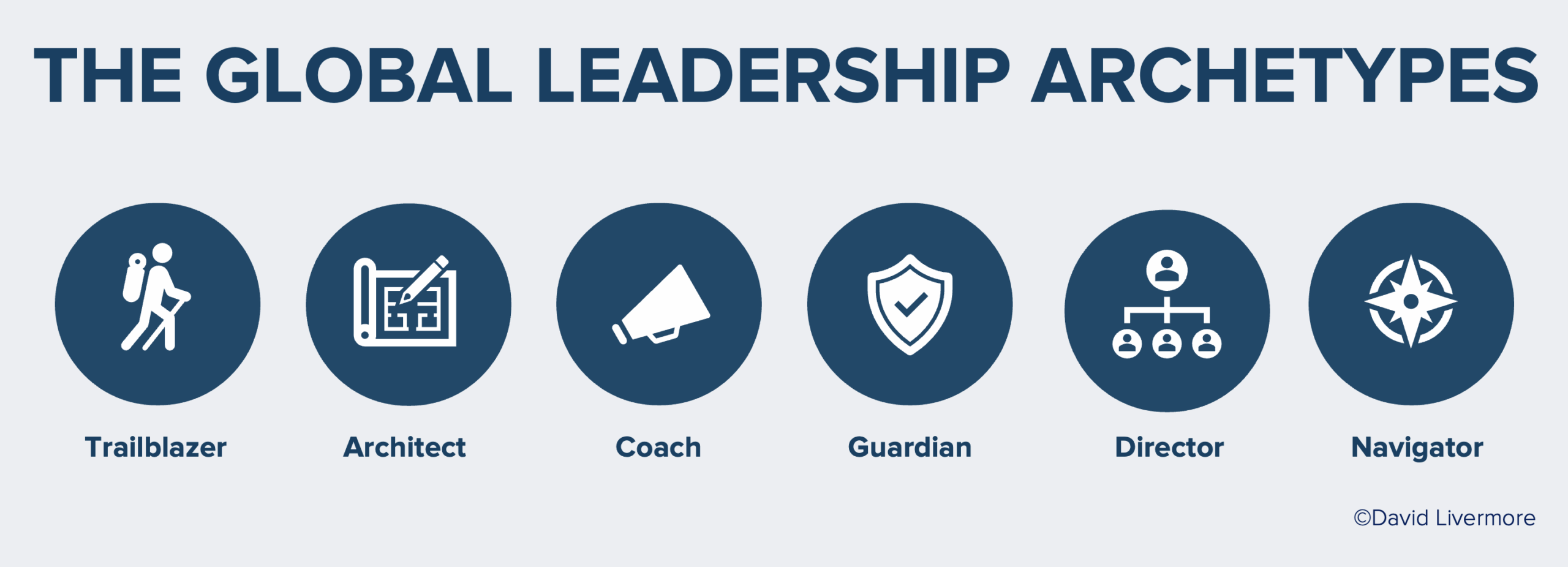Guest Post By Giuliana Petrocelli
Last March, I left the country for the first time to travel to Cuba. Since I’m the kind of person who loves history and reading up on travel destinations, I thought I had a pretty good idea of what the trip would be like. But, as I learned, there is nothing like the real experience to gain new viewpoints.
Here were my top ten experiences:
1. Staying in a local home
We booked housing with a local resident in Centro Havana, which helped in our quest to live like the Cuban people. Our house “mom”, Maria, showed us our apartment and gave us directions to the local bank, currency exchange, restaurants, and stores.
Many Cuban locals choose to make their homes available for travelers to rent. Often, these “casa particulares” are much more affordable than hotels, and the fee directly supports the livelihood of the local population.
2. Eating at a casa particular
Some of the best food in Cuba can come from eating at casa particulares. Cubans open their homes to visitors and offer food for sale like a restaurant.
In one that we visited, we asked whether the family had ever traveled to the United States. A man spoke up and said that he had lived in the U.S. for three years. He said, “It was nearly impossible to get started in the country, with high rent and such a competitive work environment.” So, he moved back to Cuba, where he does not have to worry about being homeless and has more of a chance to enjoy himself in the culture that he loves.
We understood the friendly culture that he was referring to. When we asked where we could get some ice cream, he laughed at us and told us ice cream is for children, and that we should be going out to a bar. But then, he personally walked us to the door of a neighbor who sold scoops of ice cream from her home. Imagine opening your home to serve food to a foreign visitor! This was a welcoming way to experience the culture and community firsthand.
3. Talking to a local teacher
On one of our first days of travel, I must admit, we were cheated. We didn’t quite understand the exchange rate yet, so when a local schoolteacher invited us to his house for coffee, we didn’t understand that our “small donation” of 265 CUP (10 USD) that he requested was almost equivalent to the amount of money he made in a month. But still, talking to a local about his experience living in Cuba was worth the price. It was a small price to pay for his interesting insights.
Arriving at his home, we walked up an outdoor staircase and found a small group of rooms that his extended family shared. He showed us how to prepare authentic Cuban coffee, played us songs by Bob Marley, and turned on their box television to show us the limited channels they received. He explained that sometimes Cubans find a way to get channels like National Geographic, but that such piracy was illegal because it showed the outside world without the lens of the Cuban government.
Finally, he told us was hopeful that the relations between the United States and Cuba would improve to boost the local economy.
4. Learning about farming in Viñales
A popular destination for travel groups is the countryside, where you can visit tobacco farms. Cuba places a large emphasis on agriculture, since the island nation needs to support itself off the land as much as possible.
We toured beautiful acres of farmland on horseback, where the surrounding mountains of varied emerald hues were blanketed in a haze throughout the day. All the farmwork appeared to be done by hand with very little machinery, driving home the effects of Cuba’s limited modernization. The farmers showed us how to roll a cigar, and explained that they were able to keep 10% of their yearly tobacco harvest, while 90% was required to go to the government.
5. Seeing propaganda posters
As soon as we arrived, we were confronted with a large billboard right outside the airport that had a noose and the phrase “Bloque: El Genocido Más Largo de la Historia.” The message was clear. The U.S. blockade on Cuba was believed to be equivalent to the suffering from a genocide. This was the most aggressive anti-American propaganda we observed. Many other posters had a positive message and were supportive of Cuban society, agriculture, and their political system. I remember looking out of the taxi and being shocked to see “Socialismo o Muerte!” (Socialism or Death!) painted across a wall.
6. Museo de la Revolución and Museo Nacional de Bellas Artes
These are two of Havana’s best-known museums, where we learned about the Cuban perspective of their nation’s history. It was interesting that at the Museo de la Revolución, Fidel Castro was painted as a liberator of Cuba, not the cruel dictator I grew up learning about.
At the Museo Nacional de Bellas Artes, I was surprised at the freedom of expression, as many of the artistic themes critiqued Cuban culture, political tensions, and liberation.
7. Watching a Cuban Movie
In order to understand the media environment, we watched a Cuban movie at a popularheater called Cine Yara. As expected, nothing playing in theaters was American content.
The film’s quality was similar to independent films in the U.S.. As a cinema major, I was intrigued by the fact that it centered around two older characters, since it is rare for Hollywood to give older actors starring roles.
Additionally, I was surprised at how often Cuban-American relations were addressed in the movie. Even in a film meant for entertainment, the characters joked about the differences between the two countries. Again, it drove home how intertwined our two countries are.
8. Old cars and American flags
A lasting effect of the Cuban blockade is a lack of imports, leading to many old U.S. cars being driven across the island. People say traveling to Cuba is like going back in time, but a better comparison might be that going to Cuba is like being in multiple time periods all at once. The streets were filled with everything from horse-drawn carriages to modern, shiny cars. This is paired with colorful street fashion, including Adidas and American flag apparel. To our shock, we saw more American flag clothing in Cuba than I ever have during a normal day in the U.S.
9. Wifi parks
One major concern for tourists traveling to Cuba is the limited internet access. It was interesting to observe the impact that this had on the culture. For one, when people used their phones without the internet, it was mostly for listening to music or taking pictures. This seemed to lead to more human interaction on the streets.
There were parks throughout the city where wifi could be purchased from “wifi dealers.” Many Cubans used the park to place FaceTime calls, although the hourly rate was expensive. We were also told that some people had internet access at their jobs, although little to no one had it in their homes.
10. Culture, period.
It’s hard to summarize exactly what makes up Cuban culture, but I was struck by the friendliness and happiness shown to us despite political differences. We feared that as Americans, we might not be well received in Cuba. But by the end of our stay, families that we had talked to greeted us on the street, locals offered to help us find food or salsa dancing lessons, and strangers even gave us a last-minute hitchhiking ride to the airport when we went to the wrong terminal.
Final Thoughts
Now, when I read about the new policy changes in relation to Cuba, I feel that I have a more educated understanding of the potential consequences because of my first-hand experiences. International travel has helped me understand both the commonalities and differences in the human experience, which I think is crucial to understand as an aspiring filmmaker. We observed the tensions between the local opinions of the U.S. and those of the Cuban government. We also came to understand the immense pride Cubans take in their country, despite its problems. From this first trip out of the U.S., I not only learned more about Cuba but also gained a new perspective of my own country. Seeing the impact the U.S. has had on Cuba helps me understand our foreign policies as tangible realities rather than laws on paper.
As announced in June, U.S. travel restrictions are changing regarding Cuba. Despite requiring some research, you should make an effort to visit the island to learn about the culture and politics of this nation.
Giuliana is a 3rd year film student at University of Southern California.



